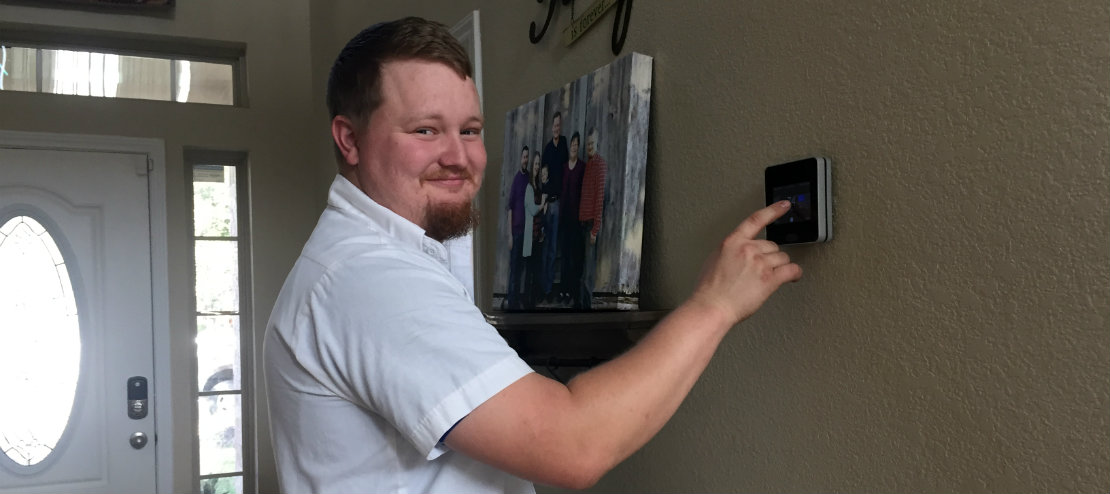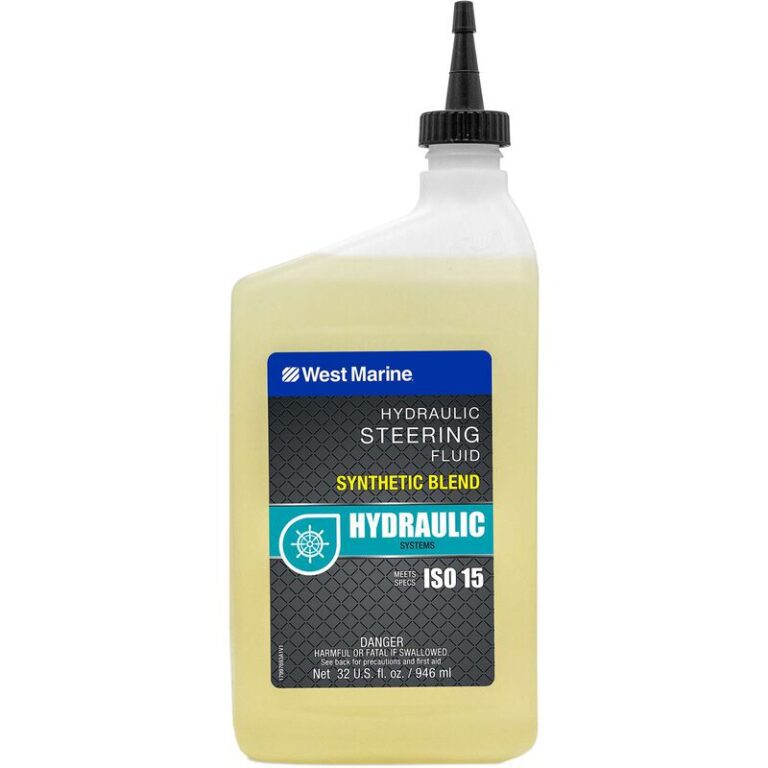How to Get My Heater to Work
To get your heater to work, check the thermostat settings and ensure it is set to heat mode. Verify that the power supply is connected and the circuit breaker is not tripped.
Having a functioning heater during cold weather is essential for maintaining a comfortable and warm environment in your home or office. There are several simple steps you can take to troubleshoot and resolve common issues that may be preventing your heater from working efficiently.
By following these steps, you can quickly identify the problem and restore your heater to proper functionality, ensuring you stay cozy and warm throughout the chilly season. Let’s explore some practical tips to help you troubleshoot and resolve any heater issues you may be experiencing.
Common Heater Issues
Ensuring that your heater is functioning properly is essential, especially during the cold winter months. However, many homeowners encounter common heater issues that hinder the performance of their heating systems. Addressing these issues promptly can help you restore the warmth and comfort in your home.
No Heat
A heater that is not producing any heat can be extremely frustrating, especially when you are relying on it to keep your home warm. This issue could be caused by a faulty thermostat, a malfunctioning pilot light, or a clogged air filter. To resolve this problem, check the thermostat settings to ensure it is set to a temperature that should activate the heating system. Another step is to inspect the pilot light to confirm that it is lit. Additionally, changing the air filter can improve air circulation and allow the heater to generate warmth effectively.
Insufficient Heat
If your heater is producing insufficient heat, it may be due to a variety of factors such as a dirty or faulty furnace, ductwork issues, or an inadequately sized heating system. Begin by cleaning the furnace to remove any debris or dirt that might be obstructing the heat output. Inspect the ductwork for any leaks or damage that could be reducing the heat flow. If the size of your heating system is inadequate for your home, considering an upgrade to a larger unit might be necessary.
Uneven Heat
Uneven heat distribution throughout your home can be attributed to several factors including obstructed vents, improperly sized ductwork, or poor insulation. To address this issue, ensure that all vents are open and unobstructed to facilitate consistent heat distribution. Evaluating the ductwork for any sizing or layout issues is also crucial. Additionally, upgrading insulation in your home can help regulate temperatures and improve overall heat distribution.
Troubleshooting Steps
If you’re struggling to get your heater to work, follow these troubleshooting steps to identify and resolve any issues. By following these simple guidelines, you’ll be able to enjoy a warm and cozy environment in no time.
Puzzled about why your heater isn’t working as expected? Let’s dive into some simple Troubleshooting Steps to get it up and running again!Check Thermostat Settings
Is your thermostat set correctly? Make sure the temperature, operating mode, and fan settings are all configured accurately.Inspect And Replace Air Filters
When was the last time you replaced your air filters? Clogged filters can obstruct airflow and hinder the heating process. Check and replace them if needed.Ensure Proper Power Supply
Confirm that your heater is receiving enough power. Check the circuit breaker, power switch, and power source to ensure everything is functioning correctly. Remember, following these Troubleshooting Steps can often resolve common issues and save you both time and money in the process.Diy Heater Repairs
DIY Heater Repairs can save you time and money. To get your heater working efficiently, follow these simple steps.
Cleaning The Heater Unit
Regularly clean the heater unit to ensure proper functioning. Use a soft cloth to wipe away dust and debris.
Checking And Replacing The Igniter
Inspect the igniter for signs of wear. If it looks damaged, replace it with a new one.
Inspecting And Fixing Air Ducts
Check the air ducts for any blockages. Use a vacuum to remove any debris and ensure proper airflow.
:max_bytes(150000):strip_icc()/reasons-gas-water-heater-not-working-5212987-hero-fe6b82a59053421c88b7d13ea311d3c5.jpg)
Credit: www.thespruce.com
When To Call A Professional
If you find that your heater is not working as it should, you may be tempted to try and fix the issue on your own. However, there are certain situations where it is best to leave it to a professional. Knowing when to call in a professional can save you time, money, and ensure the safety of your home and family.
Gas Leaks Or Strange Smells
If you detect a gas leak or notice strange smells coming from your heater, it is crucial to seek the help of a professional immediately. Gas leaks can be extremely dangerous and pose a serious threat to your safety. Do not attempt to fix this issue on your own. Contact a licensed technician to address the problem promptly.
Electrical Issues
When dealing with electrical issues, it is essential to prioritize safety. If you suspect any electrical problems with your heater, such as faulty wiring or circuit issues, it is important to leave the repairs to a qualified professional. Working with electricity can be hazardous, and it is best to avoid the risk by consulting with an experienced technician.
Major Mechanical Problems
If your heater is experiencing major mechanical malfunctions, such as unusual noises, consistent failure to heat, or significant performance issues, it is wise to call a professional. Attempting to troubleshoot complex mechanical problems without the necessary expertise can lead to further damage. A trained technician can diagnose and resolve such issues effectively.
Preventive Maintenance
Regular maintenance of your heater is essential to ensure its optimal functioning and longevity. By keeping up with preventive maintenance practices, you can extend the lifespan of your heater, reduce the likelihood of breakdowns, and ensure a warm and comfortable environment in your home during the colder months. Here are three key steps to follow for effective preventive maintenance:
Regularly Clean And Maintain The Heater
One of the most important aspects of preventive maintenance is regular cleaning and maintenance of your heater. Over time, debris, dust, and other particles can accumulate inside your heater, hindering its efficiency and airflow. By periodic cleaning, you can remove these obstructions and enhance the heater’s performance.
To clean your heater, follow these steps:
- Turn off the heater and unplug it from the power source.
- Remove any protective covers or panels.
- Use a soft brush or cloth to gently remove the dust and debris from the exterior and interior components of the heater.
- Ensure proper cleaning of the fan blades, heating elements, and filters.
- Wipe the heater’s surface with a damp cloth.
- Allow the heater to dry completely before plugging it back in and turning it on.
Schedule Professional Inspections
In addition to regular cleaning, professional inspections are crucial for maintaining your heater’s functionality. Schedule annual or biannual inspections with a qualified HVAC technician to identify any potential issues and address them before they become major problems.
During a professional inspection, the technician will:
- Perform a thorough examination of the heater’s components, including the thermostat, burners, ignition system, and safety devices.
- Clean and lubricate moving parts, ensuring they operate smoothly.
- Check for any leaks or gas-related problems.
- Verify the accuracy of the temperature controls.
- Identify and address any potential hazards or risks.
Keep The Area Around The Heater Clear
Another essential preventive maintenance practice is to keep the area around your heater clear. Ensure there is no clutter, debris, or flammable materials near the heater, as these can pose a fire hazard. Providing sufficient space around the heater promotes proper airflow and prevents potential damage to the unit.
Follow these guidelines for keeping the area around your heater clear:
- Remove any excess storage items or debris from the vicinity of the heater.
- Avoid placing furniture, curtains, or other objects in close proximity to the heater.
- Ensure proper ventilation and avoid blocking air vents or ducts.
By adhering to these preventive maintenance practices, you can ensure that your heater operates efficiently, reduces the risk of malfunctions, and keeps your home comfortably warm during the colder months.

Credit: terrysacandheating.com

Credit: www.gregs.com
Frequently Asked Questions For How To Get My Heater To Work
Why Is My Heater On But Not Heating?
Your heater may not be heating due to a faulty thermostat, clogged filters, or a malfunctioning heating element. Check these components and ensure they are clean and working properly. If issues persist, consult a professional technician for further diagnosis and repair.
How Do I Get My Heater To Start Working?
To get your heater working, check power supply, thermostat settings, and air filters. Ensure all connections are secure. Reset the heater and contact a professional if issues persist.
Why Is My Heating Not Coming On?
Possible reasons your heating isn’t coming on include a tripped circuit breaker, thermostat issues, dirty filters, or a malfunctioning heating system. Check these components to troubleshoot the problem effectively.
What Would Cause My Heat Not To Kick On?
Possible causes for your heat not kicking on could include a malfunctioning thermostat, a tripped circuit breaker, or a faulty pilot light. Additionally, clogged air filters, blocked vents, or a malfunctioning fan could also be to blame. Regular maintenance can help prevent these issues.
How Does A Heater Work?
A heater works by converting energy into heat, usually through the combustion of fuel or the use of electric resistance.
Why Is My Heater Not Blowing Hot Air?
There could be several reasons why your heater is not blowing hot air, including a malfunctioning thermostat, a clogged air filter, or a problem with the heating element.
How Often Should I Clean My Heater?
It is recommended to clean your heater at least once a year to remove dust and debris that can hinder its performance and reduce its lifespan.
Conclusion
In order to ensure your heater is working efficiently, regular maintenance is key. By following the simple steps outlined in this guide, you can troubleshoot and address common issues with your heater. Remember to consult a professional if problems persist.
A properly functioning heater will keep your home warm and comfortable all winter long.

